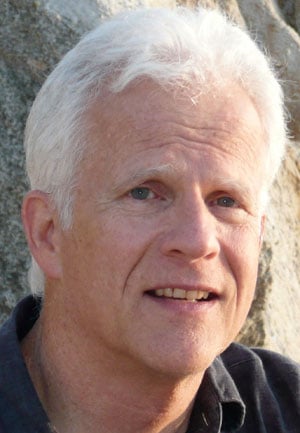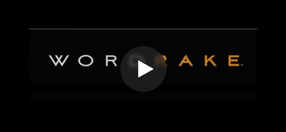Correct Uses of an Em Dash
With terrorists, disease, and weird weather threatening life on Earth as we know it, it seemed like a good time to talk about em dashes. If we all start using them properly, perhaps we can shift the earth's axis just enough that the asteroid hits Adak instead of Birmingham.
DASH MECHANICS
The em dash and the en dash are not related, even remotely; more on en dashes next week. The em dash is so named because it is the width of a capital M. Most authorities require no space on either side of the em dash.
THE EM DASH
The em dash evolved naturally as a punctuation mark that takes us beyond the comma, the colon, and the semicolon. We use it to stagger the structure of a sentence with a sharp stop and parenthetical aside. No other punctuation can do that. But before you use em dashes, first try commas, then a colon, then a semicolon. If one of these works, save the em dash for a more daring break. But this is always the author's call. Below we see sentences where other punctuation could work, but the authors chose the em dash.
THE EM DASH vs. THE COMMA
If the parenthetical aside is closely related to the rest of the sentence, we set it off with commas; if the break is more abrupt, we use the em dash. In Jonathan Franzen’s novel Freedom, Franzen could have used commas in this sentence:
Once he’d convinced them their legs weren’t being pulled—that Vin was actually serious about saving a non-huntable bird—an agreement in principle had been reached.
THE EM DASH vs. THE COLON AND THE SEMICOLON
In this sentence from Colum McCann’s National Book Award–winning, Let the Great World Spin, McCann could have used a semicolon or even a colon:
When he was a boy he had seldom even folded down the pages of his Bible—he had always kept it pristine.
Another example of where a colon or semicolon would have worked comes from Chad Harbach’s highly acclaimed first novel and bestseller, The Art of Fielding:
He seemed to be dressing better too—maybe somebody else was dressing him.
And Franzen could have used a colon or semicolon in this Freedom sentence:
Daylight was leaking in around the curtains—dawn in May came early in the north country.
THE EM DASH SUBLIME
When you start writing critically acclaimed bestsellers and winning National Book Awards, like Harbach, McCann, and Franzen, experiment; use, even create, unorthodox punctuation to transcend, as Tom Wolfe and James Joyce once did, to fascinate us. With syntax and deft punctuation, fine writers control us by setting our pace to their timing. The sentences below illustrate the private domain of em dashes, where other punctuation dare not enter. In each example, the author sharply breaks his sentence and nicely splices the pieces back together with em dashes:
from Harbach:
Schwartz was watching the field too, initially—Arsch took a called strike—but his eyes quickly fell to the concrete floor.
from McCann:
She hated him, the husband—she got caught up in this marriage young—and still she’s got his picture on the bookcase.
from Franzen:
Joey, having discovered that their lake was unidentified on local maps—it was really just a large pond, with one other house on it—had christened it Nameless, and Patty pronounced the name tenderly, sentimentally, “our Nameless Lake.”
ONE DASH OR THREE
What the Chicago Manual of Style calls a “defining or enumerating complementary element,” i.e., a phrase that illuminates a point at the end of a sentence, may be set off with one em dash or a comma; but an em dash pops the point, as Harbach illustrates in this sentence:
He looked, for a moment, wildly old—a decade older than his literal age, two decades older than his usual self.
Most references warn against using more than one set of em dashes in a sentence, but in his classic novel Elmer Gantry, Sinclair Lewis uses three to pull us into the dialogue:
“My name’s Ad Locust—Jesus, think of it, the folks named me Adney—can you beat that—ain’t that one hell of a name for a fellow that likes to get out with the boys and have a good time!”
HOW TO MAKE AN EM DASH
Although it might be there soon, the em dash is not on your keyboard. To create one, type a word, leave no space, hit the hyphen (“-”) key twice, and, again with no space, type the following word. Microsoft Word will automatically stretch your em dash to the appropriate length.
Unless the asteroid is closer than we thought and Bruce Willis has retired, I will be back next week for the inside scoop on the en dash and the hyphen. Please tell everyone you know—we have not a moment to lose.




